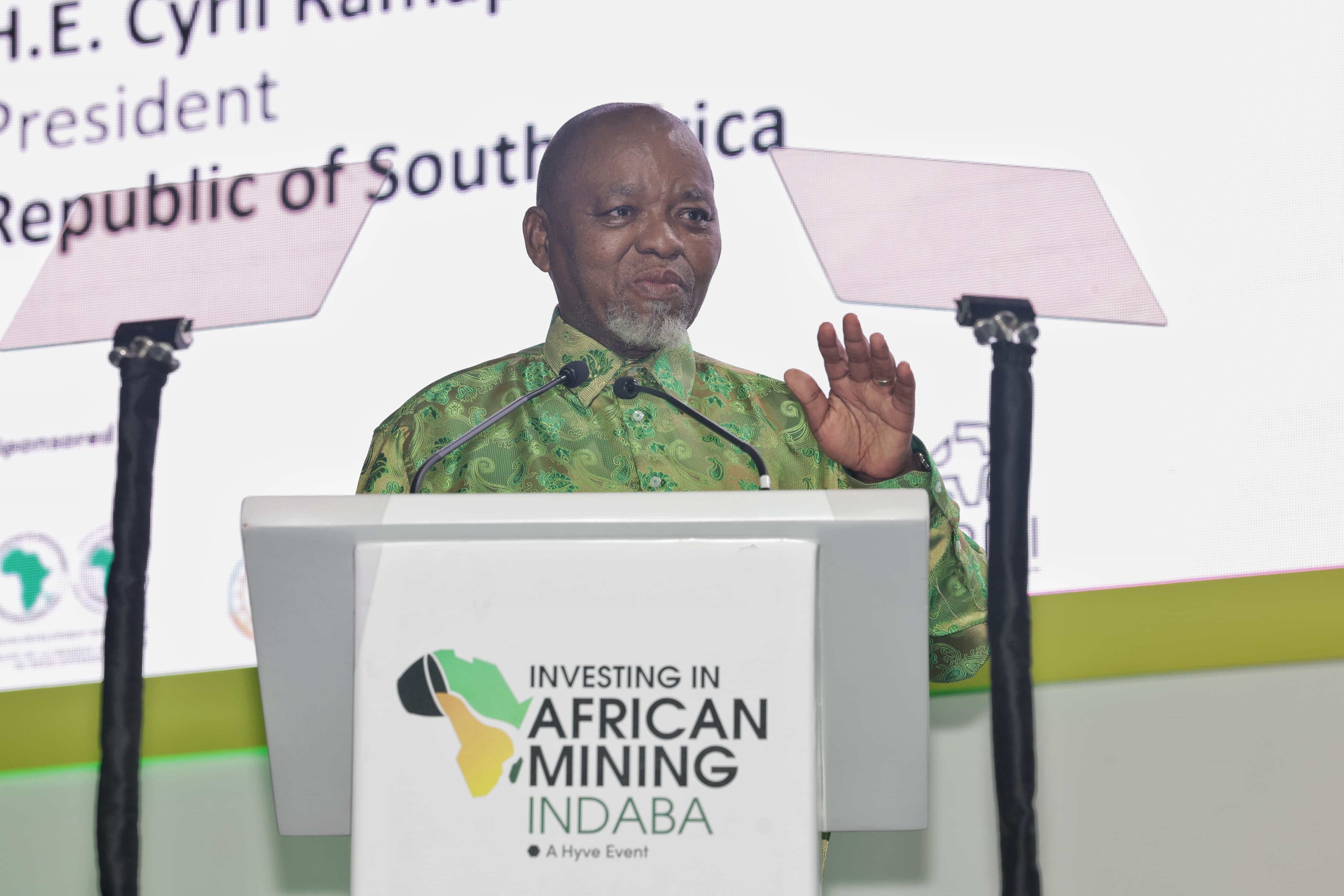One of the recurring themes at the Investing in African Mining Indaba in recent years has been the unflattering spotlight that it has cast on the host nation, South Africa.
Last year’s Mining Indaba, for example, took place against the backdrop of record levels of the rolling power cuts known as “load shedding”, news that none of the more than 2,500 mining rights and permitting applications received in the financial year 2023/24 had been finalised and a haze of political uncertainty before the upcoming elections.
Copper-rich Zambia was one of the stars of the show, and not for the first time it left South Africa in the dust as President Hakainde Hichilema wooed and wowed investors.
Read more: Zambian mining gets huge investment boost under Hichilema — $7bn in two years
Twelve months later, South Africa and its mining industry had a better narrative for investors who come from far and wide to enjoy the delights of sunny Cape Town in its full summer bloom.
Eskom managed over 300 days without imposing nationwide power cuts, Transnet is showing signs of a turnaround, the Government of National Unity (GNU) has raised the prospect that urgent structural reforms will get off the ground, and the long-awaited mining cadastre is on track to address the applications backlog and shine the light of transparency on the permitting process.
Daily Maverick interviewed several mining CEOs at the Mining Indaba — Harmony Gold’s Beyers Nel, Gold Fields’ Mike Fraser, Sibanye-Stillwater’s Neal Froneman, Amplats’ Craig Miller and Northam Platinum’s Paul Dunne — and they all agreed that the South African investment climate over the past 12 months had significantly improved.
While this survey was admittedly not very scientific, the consensus was overwhelming, and these are the people who are at the coalface of promoting South Africa as an investment destination for mining.
“There is generally positive energy around the GNU. It’s working as best as we can hope for right now. South Africa feels like a lower risk issue for us,” Fraser said in an interview on the sidelines of the indaba.
Mzila Mthenjane, the CEO of the Minerals Council SA, pointed out that to maintain the positive vibes, concrete policy action needed to be pursued.
“The key enablers are Eskom and Transnet. The right people are in place, and they are doing the right things. But we don’t want to get to a place where the infrastructure is in place, but people are still talking about the constraints with legislation and policy,” he said.
Top of that list is getting a functional mining cadastre in place, and after years of needless delays it looks like South Africa will finally have one by the second half of this year.
Read more: SA’s mining cadastre is on track to shine the light of transparency after years of stumbling in the dark
This is vital for addressing the backlog in mineral rights and other mining applications, a state of affairs that is a major obstacle to investment and exploration activities.
“It is all about speed and how quickly companies can embark on exploration, prove up a viable reserve, and to be clear in terms of stable, predictable and business-friendly regulations to develop a new mine,” Mthenjane said.
South Africa’s mining sector also has an increasingly better health and safety story to tell — a key issue for investors who don’t want their dividends tainted by blood.
The year 2024 was a record safety year for the industry, with 42 mine workers killed on the job — a shocking number but a historic low for a calendar year since the onset of industrial-scale mining.
Read more: Towards ‘zero harm’: South Africa’s mining industry sees historic safety improvements in 2024
Occupational diseases declined by 17% to 1,864 cases in 2024 from 2,233 the year before.
The elusiveness of the noble goal of “Zero Harm” was tragically underscored this week by the deaths of five workers in separate incidents at Harmony Gold’s Doornkop and Joel mines.
But significant progress has been made on this front and safer mining reduces the sector’s risk profile in investors’ eyes.
Social and labour unrest has also ebbed, raising the prospect of shelved investment projects being brought back to life. For example, Richards Bay Minerals’ (RBM’s) testing of the waters before a possible $500-million expansion by its mother ship Rio Tinto suggests that the social environment in the area is conducive to further investment.
Read more: So far, so good for Richards Bay Minerals’ unprecedented pilot project to test social stability
Other regions that have been flashpoints, such as the northeastern limb of the Platinum Belt, have also seen a cooling of tensions.
Of course, there are still a lot of thorns among the budding roses.
South Africa’s economy is barely growing, and the pace remains woefully inadequate to address the terrible trifecta of poverty, unemployment and inequality. South Africa’s fraught social and economic landscape is still fertile soil for unrest.
Crime remains at shocking levels as the mining sector is targeted by procurement mafias, illegal mine workers, copper cable thieves and other criminal elements. Sibanye’s Froneman told me on the sidelines of the indaba that the company’s security costs amounted to about R1-billion a year.
BEE remains a turnoff to investors foreign and domestic, and South Africa’s “greylisting” is a red flag — but one that is being addressed.
Read more: NPA seizes R52.5m in illegal mining proceeds in Namibia — in time to tick ‘greylisting’ box
The bottom line is that while there are still many challenges, South Africa is becoming a more promising destination for mining investment. And that is something to raise a glass to. DM
Business Maverick
After the Bell: SA had a better story to tell at the Mining Indaba this year
South Africa and its mining industry had a better narrative for investors who come from far and wide to enjoy the delights of sunny Cape Town in its full summer bloom.





